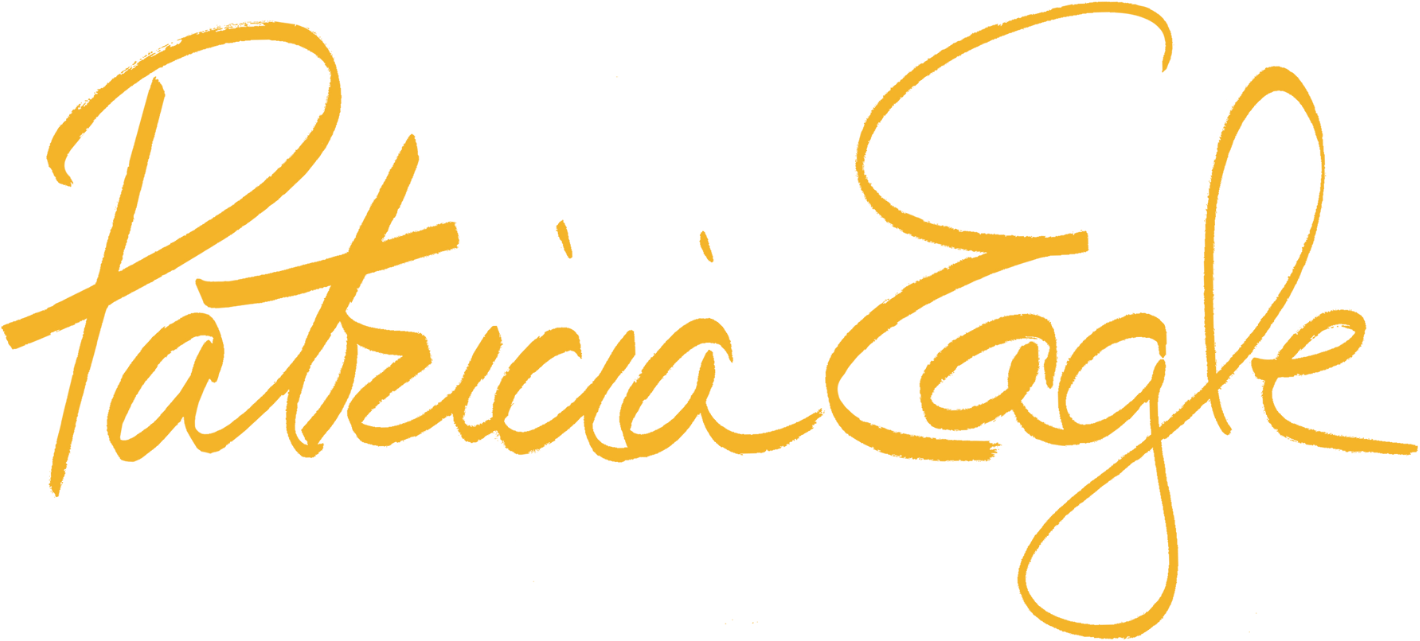 Townsend Warbler (photo by John Rawinski)
Townsend Warbler (photo by John Rawinski)
Last Friday I went birding with the experts, John Rawinski and others. John wrote a book on birding in the San Luis Valley that I will soon own. He recognizes every feathered creature in this area, and during the approximately seven hours we birded, eleven of us tallied around 90 species. (I maybe saw 70 of those, one being the Townsend Warbler above.)
It was exhilarating, if you like birding, to be out on a pristine fall day, soft breezes on the edges of water-bird packed Home Lake to singing Cat Creek, quietly waiting on birds to reveal themselves, and that they did. It’s challenging to strain necks when birds are directly overhead and hold binoculars up till your arms want to fall off in efforts to catch sight of what is chipping or whistling. The challenge extended to keeping an eye on the ground in an apple-laden orchard littered with bear scat so we didn’t carry that home with us on the bottoms of our shoes.
What struck me, as with the first time I birded with John earlier this year at Zapata Ranch, is how he guides. Over and over John reminded us with these gentle instructions: Stop. Listen. What do you hear? What do you notice? What comes to mind (or, What does that make you think of?)?
Birding does indeed help me become more aware of what’s going on around me. Only an hour ago I returned from a walk here on the low southern slope of Mt. Little Bear, binocs dangling around my neck. Few movements or birdcalls escaped me. Plus I noticed other things: breezes, clouds, scat, tracks, road damage from recent rains, a juicy green caterpillar, a lizard. When John’s last words of guidance echoed––“what comes to mind?”––I sought to remember the last time roads were washed out, if I had ever spotted a busy hairy woodpecker or seen such a big lumbering caterpillar up here.
But John’s guiding tactics for birding can also be helpful instructions for living, I think. For example, when I encounter something that frustrates me, like a disagreement with another person, I can stop, listen, and become aware of what I’m hearing (and not just the dialogue in my own head). If I take the time to observe what I’m noticing––like a defensiveness or a shutting down reflex––then I might be able to more accurately identify what’s going on for me and become more aware of what comes to mind. For example, “Ahh, when I feel this way I can get judgmental, self-righteous and detour away from a compassionate interaction.”
Taking opportunities to stop, listen, notice, and see what comes to mind takes time and practice. But the rewards of careful listening and patient observation, just like in birding, are far-reaching.


